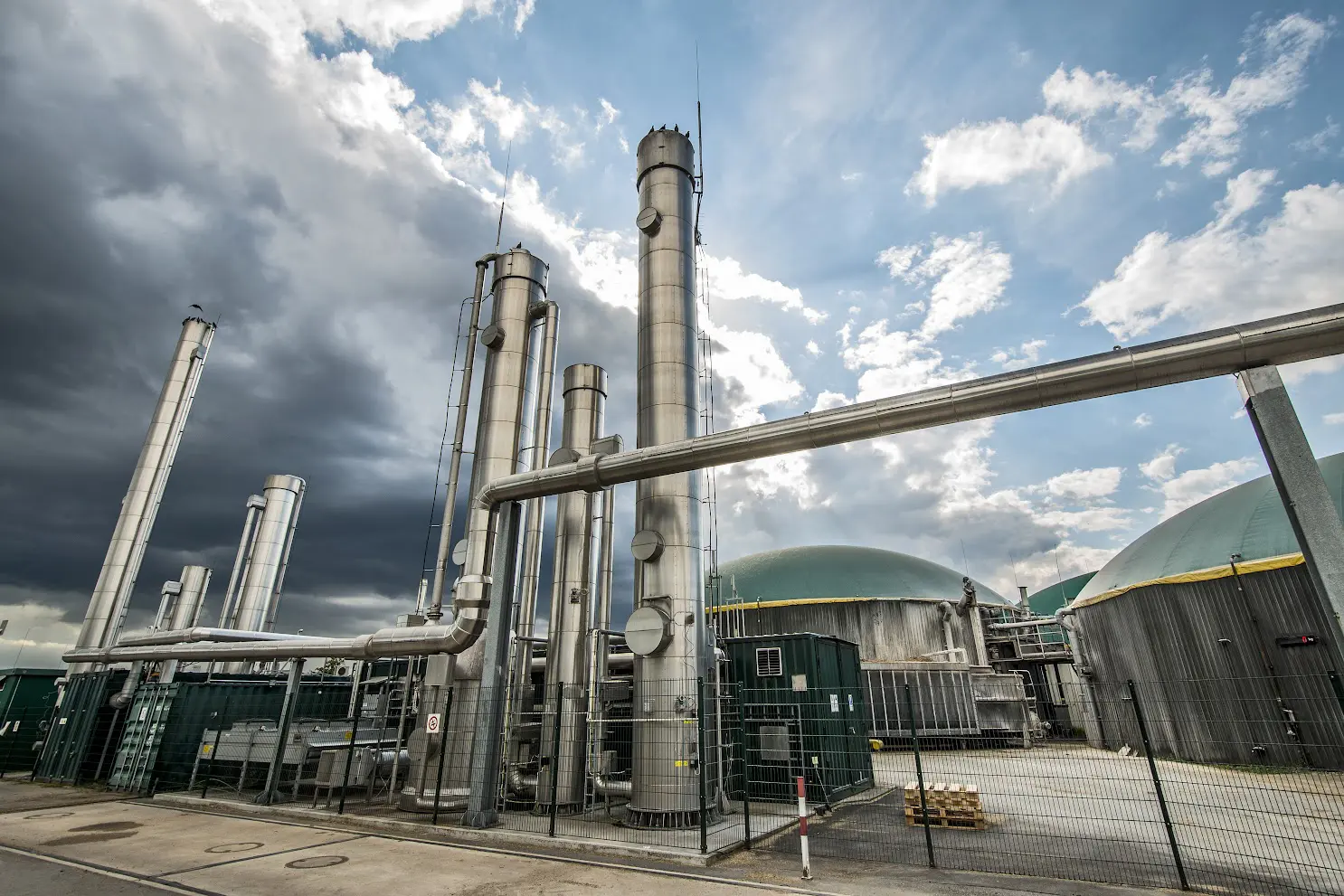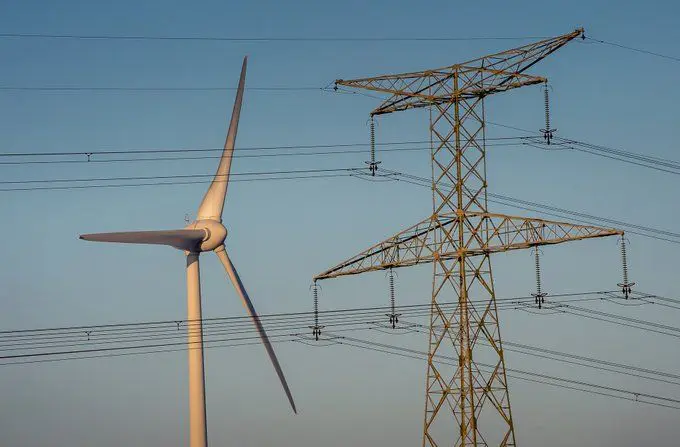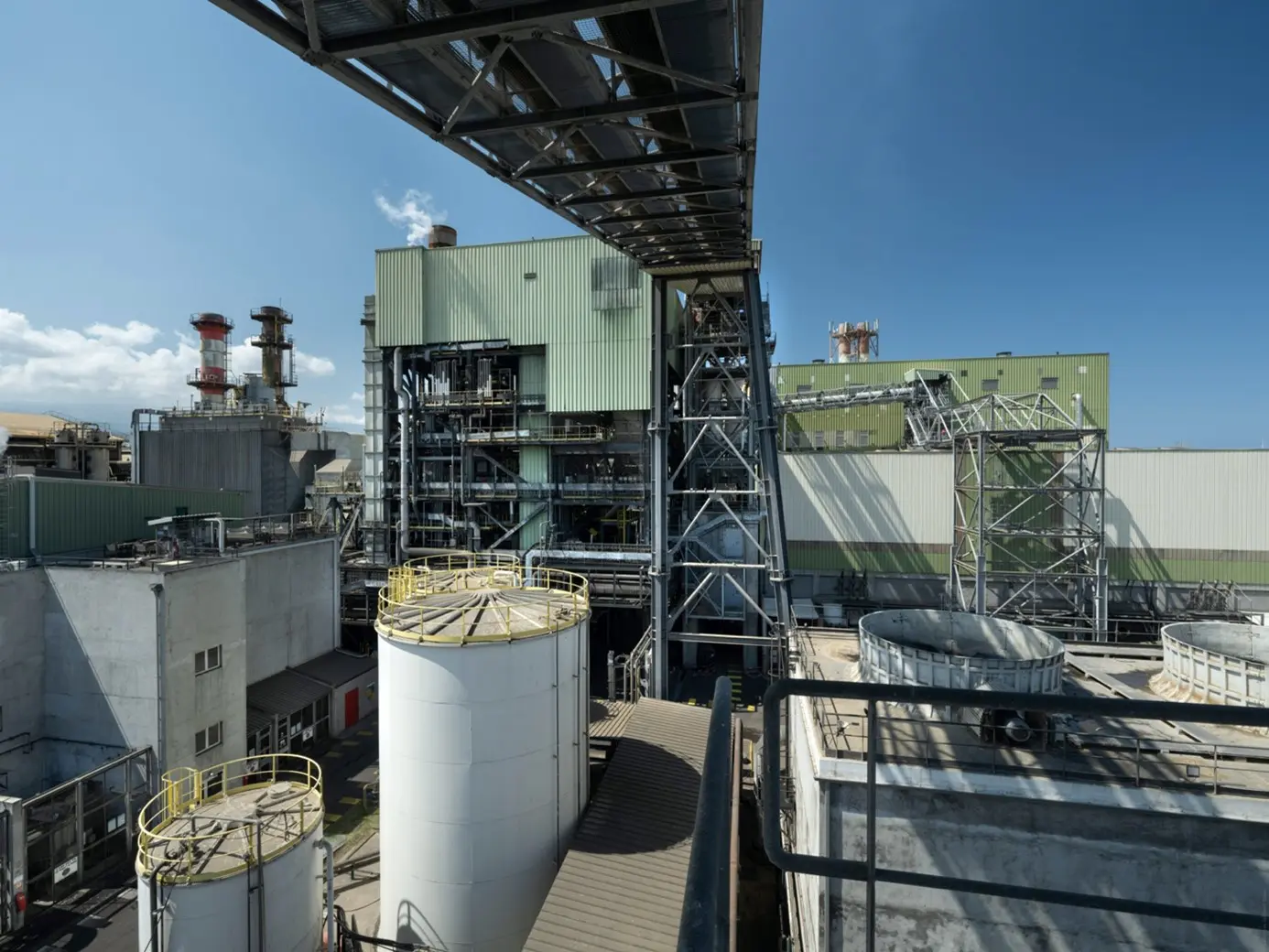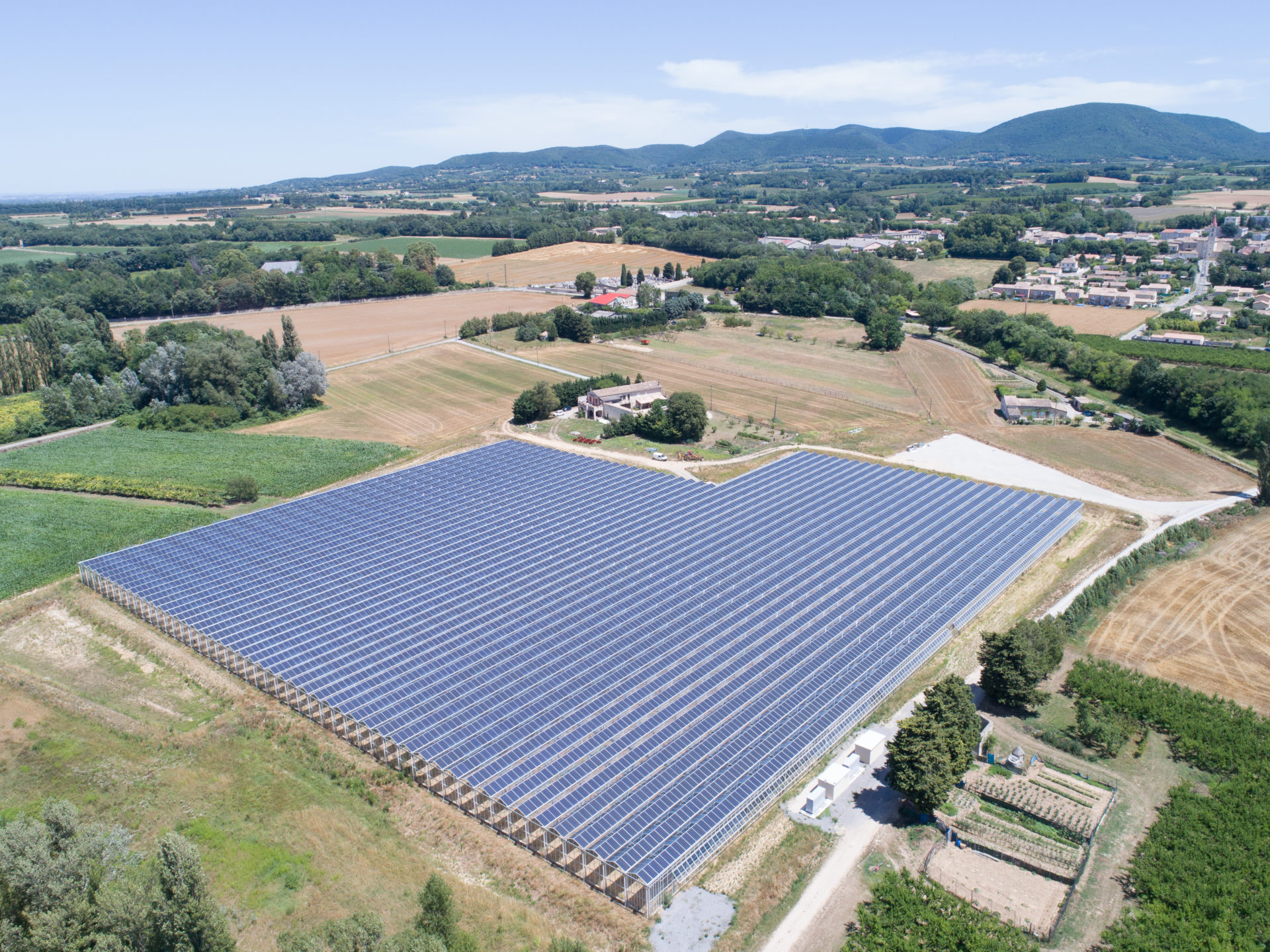La biomasse : une énergie renouvelable aux multiples avantages #4

What is biomass?
Biomass includes all organic matter of plant, animal, bacterial and even fungal origin. It is produced from wood, agricultural residues, food waste and livestock effluents. These materials, often considered as waste, are recovered to produce energy, thus meeting modern energy needs.
In France, this resource represents over 55% of total renewable energy production, making it the nation’s leading source of green energy. Its many forms and uses place it at the forefront of solutions for a successful energy transition.
How is biomass transformed into energy?
Biomass comes in three main forms: solid, gaseous and liquid. Each of these forms can be transformed into energy by several processes.
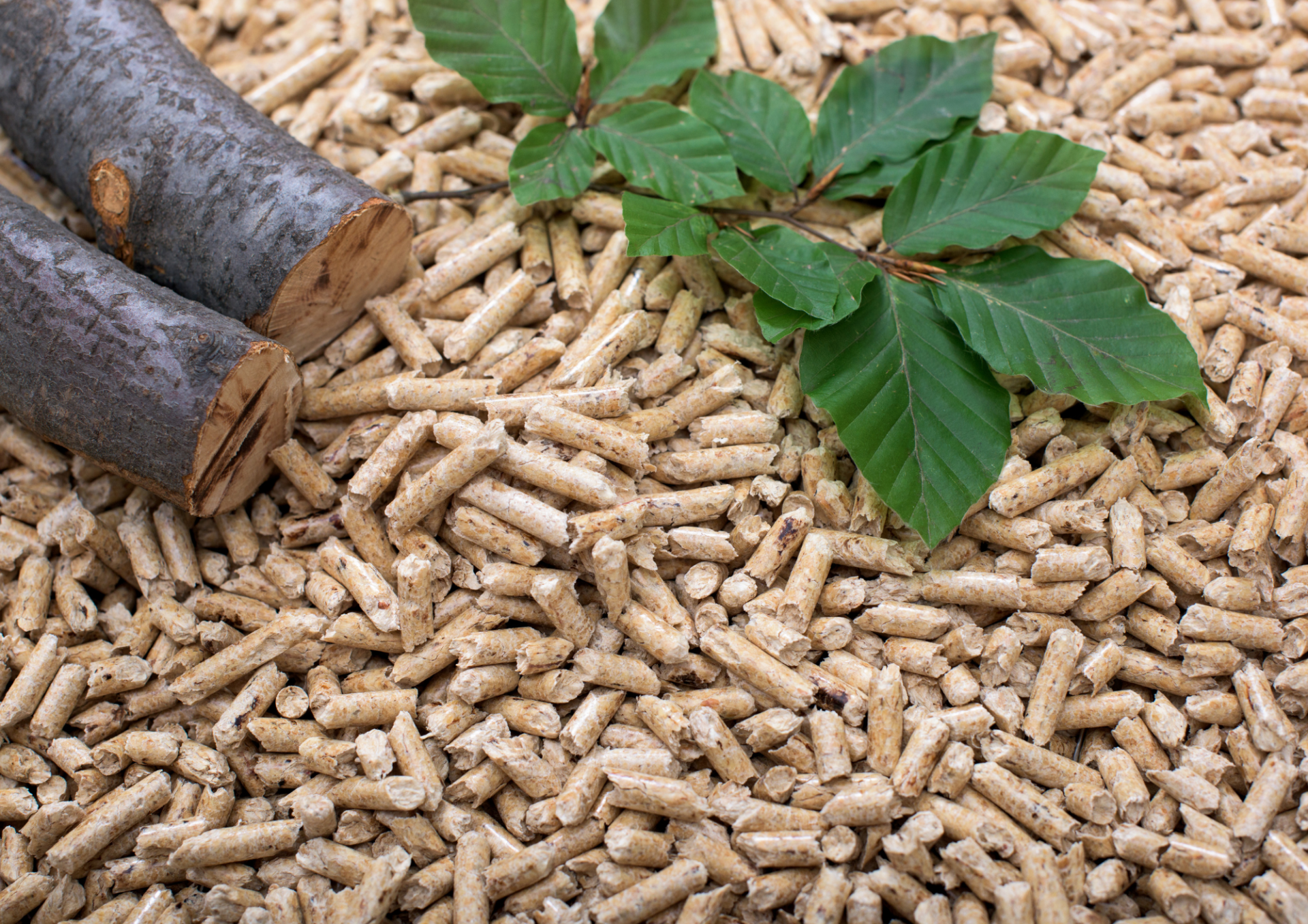
Solid biomass combustion: heating naturally
Solid biomass is the most common and widely used form. It includes:
- Wood and forestry residues: chips, pellets, logs.
- Farming residues: straw, fruit shells, crop residues.
- Garden and household waste: food residues, compost.
These materials are burned in boilers to produce heat. The heat produced is used in domestic or industrial heating systems and can also be converted into electricity via steam turbines.
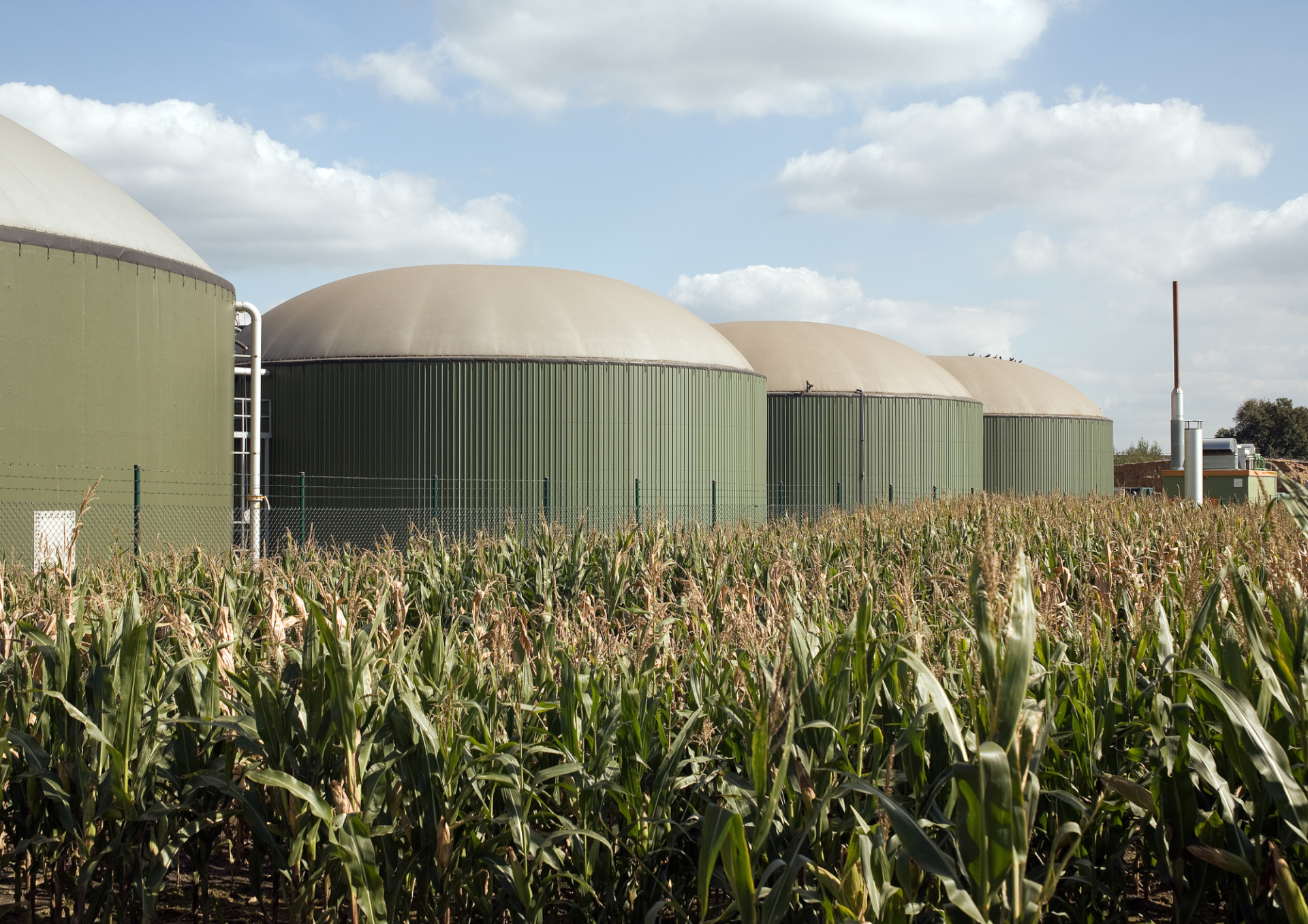
Biogas: multi-purpose energy
When oxygen is absent, micro-organisms break down organic matter through anaerobic processes. This biological process, known as methanization, produces biogas, primarily composed of methane, which can be used to generate heat, electricity, or serve as a fuel such as BioGNV.

Biofuels: a sustainable alternative for transport
Biofuels, derived from liquid biomass, are made from vegetable oils (oil rapeseed, soy) or sugars (beet, wheat). The following biofuels can be distinguished:
- Bioethanol: used in gasoline engines.
- Biodiesel: suitable for diesel engines.
These renewable fuels help reduce CO₂ emissions from vehicles and provide an alternative to fossil fuels.
Why opt for biomass energy?
Biomass presents numerous advantages, positioning it as a promising solution for meeting energy needs while safeguarding the environment.
Reducing greenhouse gas emissions
One of biomass’s key advantages lies in its ability to significantly reduce CO₂ emissions. The carbon emitted during combustion is offset by the carbon absorbed by plants during growth. This natural cycle helps limit the impact of global warming.
A renewable and abundant resource
Biomass is available in large quantities and can be put to use locally. French forests, for example, are a major source of wood energy. This availability reduces dependence on imported energy and bolsters energy security.
Waste recovery
One of the great advantages of biomass technology is its ability to use agricultural, industrial and household waste. Rather than being sent to landfill, these organic materials are converted into energy, contributing to a circular economy where waste becomes a resource and nothing goes to waste.
Diversifying the energy mix
Complementing solar, wind and hydro power, biomass brings additional stability to the energy mix. It provides continuous energy production that’s less dependent on weather conditions and thus contributes to a balanced energy transition.

Financing the integration of biomass energy
Significant financial assistance is available to promote the use of biomass. In France, the Fonds Chaleur, managed by ADEME, supports the development of renewable heat production facilities. This scheme partly finances the installation of biomass heating systems by local authorities, companies and industry.
These subsidies help lower upfront investment costs, making biomass energy a more accessible and appealing option for businesses and communities alike.
Future prospects for biomass
Biomass is destined to play a central role in the global energy transition. In France, the aim of the Energy Transition Law for Green Growth is to increase the share of renewable energies to 32% by 2030. Thanks to its versatility and availability, biomass is one of the keys to achieving this objective, while at the same time meeting growing energy needs.
Need support for your decarbonization projects?
Optimize your energy mix with renewable energies.

